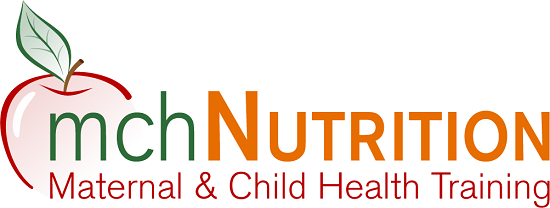By: Armando Pena and Kiley Vander Wyst
Nestled between businesses and bars around every corner, The Obesity Society’s Annual Meeting took place right in the heart of downtown Nashville, TN. The conference was four-days long with scientists and clinicians from all over the world in attendance. The lecture topics ranged from bariatric surgery and pharmacokinetics to basic science and community- or school-based research. With such diverse experts gathered in one place, it was easy to feel like you didn’t belong. However, the common theme, treatment and prevention of obesity, that brought all of these unique individuals together was apparent. The conference demonstrated that innovations and breakthroughs in obesity science is only the tip of the iceberg if we do not share our ideas and collaborate on projects.
There was a whole section devoted to perinatal and infant obesity research where three speakers presented on early life influences of the infant gut microbiome, the utility of a novel measure of body composition in infants, and behavioral aspects of food preferences impact on child growth. These presentations really stood out to two ASU TRANSCEND trainees who attended the conference. As the trainees continue to learn about maternal child health outcomes, it is critical for them to understand where the field is currently and, perhaps, where the field is going in order to become experts. These trainees also had the opportunity to attend the meeting this year. Here is a little bit about the posters they both presented.
Armando Peña, MS

I presented my poster entitled, Evaluating a Novel Measure of Insulin Sensitivity in Latino Youth. The Matsuda Index is a measure of insulin sensitivity that is formulated from insulin and glucose values collected during an OGTT at 0-, 30-, 60-, 90-, and 120-minutes post-glucose stimulus. The originators of this index came out with a later study deeming it appropriate to estimate the Matsuda Index by only using samples collected at 0- and 120-min. However, this measure has not been compared to the Matsuda Index in a sample of obese Latino youth, which was the objective of the study. In brief, the data suggests that it is an acceptable measure for use in obese Latino youth with prediabetes (defined by a 2-hour OGTT glucose ≥ 140 mg/dl) compared to those without prediabetes. In addition, it is approximately one-third the cost of the Matsuda Index, making it a measure of interest for researchers with funding limitations or those looking to generate preliminary data. Overall, I had a good turnout of visitors to my poster session, with about 8-10 visitors. A majority were pediatric physicians that were interested in the measure since it already follows clinical diabetes screening practice guidelines. It was gratifying to know that most of those who stopped by had seen the program ahead of time and found interest in my poster.
Kiley Vander Wyst, MPH

I presented my poster entitled, Comparison of Prenatal Health Parameters & Nutrition Counseling Among Macrosomic Deliveries. The prevalence of obesity in Arizona is 25.7% among women of childbearing age. Although prenatal nutrition counseling has demonstrated a reduction in gestational weight gain, weight retention, and decrease in pregnancy complications it is seldom done by clinicians due to lack of knowledge and insufficient time. The aim of these retrospective chart review was to evaluate the type of nutritional counseling provided to women who delivered a fetal macrosomic (>4000 grams) infant and compare differences in health outcomes by pre-pregnancy BMI category. Of 2,689 deliveries, 225 resulted in fetal macrosomia, of which 188 were included in the study. Regardless of pre-pregnancy BMI, 59% of women received nutritional counseling (NC). Although, 97% of diabetic women received NC of which 80% met with a Registered Dietitian (RD), only 49% of non-diabetic women received NC, with only 3% meeting with a RD. Of the 41% of women that did not receive NC, 20% were normal weight, 33% were overweight, and 48% were obese prior to pregnancy. Nutrition topics discussed during prenatal visits varied based on pre-pregnancy BMI category; however, healthy foods and snacks, general pregnancy diet information, and carbohydrate counting were the three common topics across all BMI categories. There were no differences in weight-related outcomes among women who received NC. The prevalence of c-sections, diabetes, and hypertension were highest among OB pregnant women. However, OB women had the lowest GWG and smallest 3rd trimester fetal AC but the highest one-hour glucose. Presenting my poster was really fun with several visitors ranging from physician assistants and nurses to physician-scientists and dietitians. It was such a unique experience to talk about my poster to such a diverse group of people!
Despite the weather being wet and cold, the barbecue was delicious and the live music was plentiful. The ASU TRANSCEND trainees had a great time at the Obesity Week conference and plan to attend again next year. Hopefully, we will see the sun at least once in Vegas, unlike in Nashville!

Published by